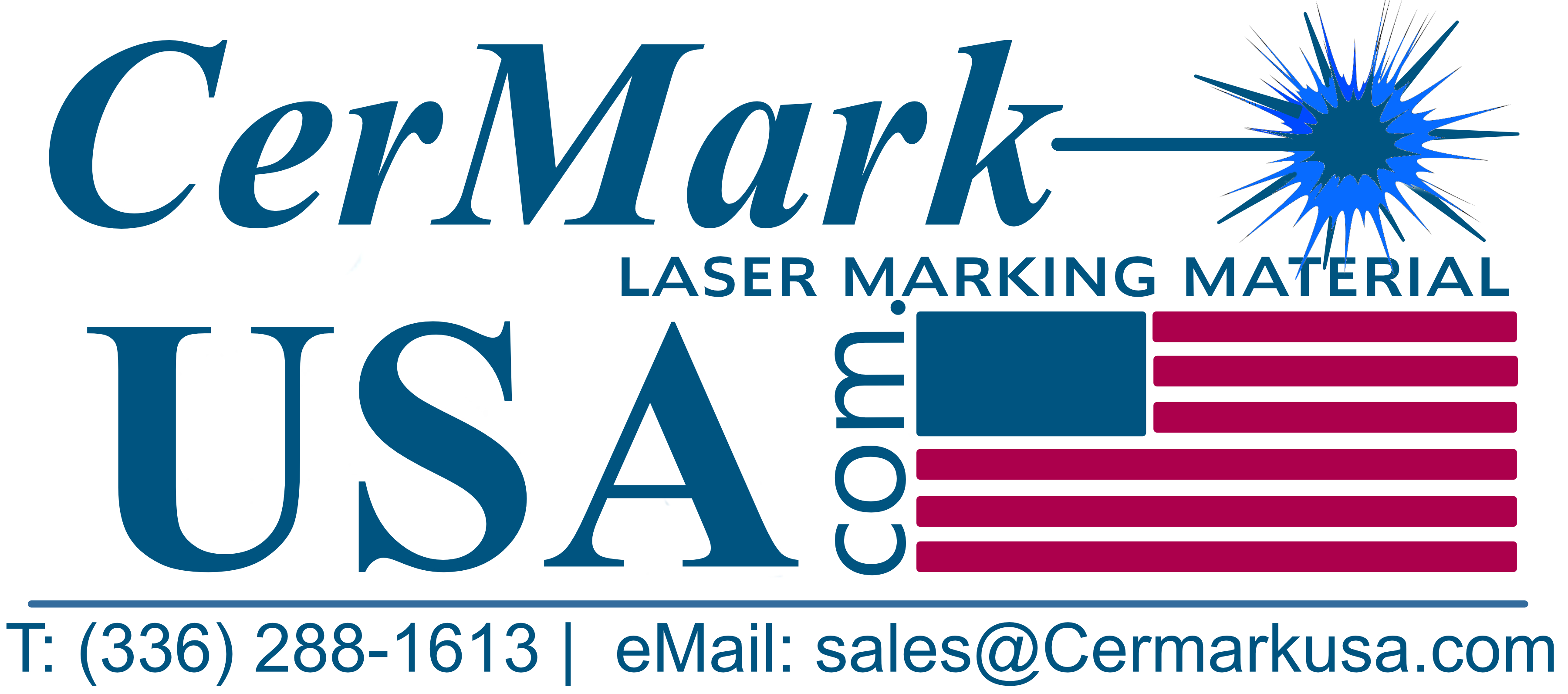Case Studies
TherMark Case Studies
Here are some examples of how TherMark has helped customers make the right laser marking decisions. These case studies represent success stories from real customers across a variety of industries, using different TherMark laser marking materials on a broad spectrum of surfaces.
Twintec Connects with TherMark’s Industrial Marking Process
Twintec expanded the capabilities of its CO2 laser to produce the highest quality industrial marks on its stainless steel multi-tube connectors.
Scan-Plast Metalgraphics Ltd. Signs Up With TherMark
Canadian signage solutions company reaps the benefits of permanent, high-contrast, consistently colored laser marks using TherMark inks.
Connie’s Charms Links With TherMark to Boost Business
TherMark's laser marking process drives business expansion for jewelry and custom engraving company.
TherMark Helps Colonial Engraving Laser Mark Metals
Colonial Engraving builds business meeting customers’ engraving needs for metals with TherMark's laser marking materials.
TherMark White Papers
The TherMark team has extensive background and expertise within the laser marking industry. Many times, they share their knowledge in the form of white papers to help current and potential customers make decisions in regard to new laser marking processes, technology, products and applications.
Product Identification in Automated Manufacturing
Today ISO9000, together with other international manufacturing standards and leading industry groups, are beginning to mandate permanent part identification and Direct Part Marking (DPM) for traceability purposes. The product identification must be permanently marked directly on the part surface. TherMark is working closely with industry leaders to solve the issue of permanence.
Part Identification Marking Processes for use in Low Earth Orbit
Laser Bonding and other marking methods were recently evaluated by NASA. Marked aluminum and glass squares were attached to the outside of the International Space Station to see if they could withstand the extreme conditions of outer space, including the ultraviolet radiation, atomic oxidation and incessant bombardment of cosmic debris. The marks - using CerMark™ LMM6000 Black marking material - survived approximately four years on the exterior of the spacecraft and received passing grades from NASA.
